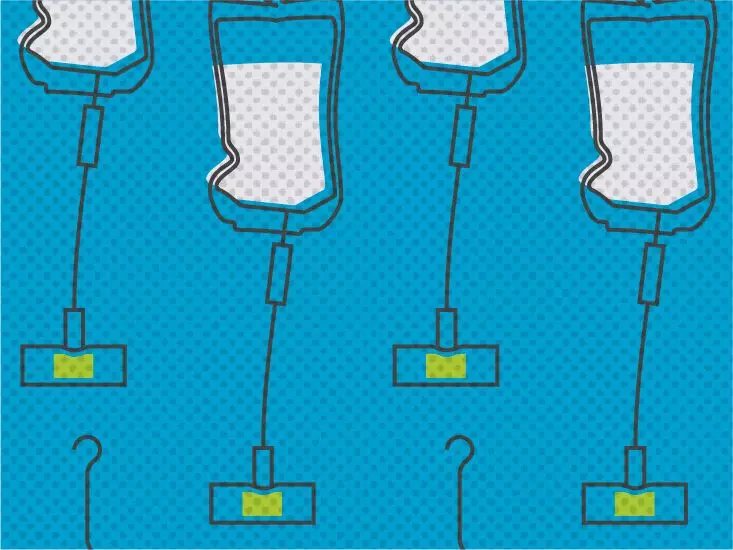Erbitux, known generically as cetuximab, is a targeted therapy primarily used in the treatment of specific adult cancers, particularly those associated with the epidermal growth factor receptor (EGFR). As an integral part of oncology, it is crucial to understand how this drug works, how it is administered, and the various considerations that patients must take into account prior to beginning treatment.
Erbitux falls under the category of EGFR inhibitors, a biologic class of drugs designed to interfere with cancer cell growth. By binding to the EGFR, cetuximab prevents the natural ligand (epidermal growth factor) from activating the receptor, thereby inhibiting downstream signaling pathways that promote cell proliferation and survival. This makes Erbitux particularly effective for treating cancers such as metastatic colorectal cancer (mCRC) and squamous cell carcinoma of the head and neck (SCCHN).
Receiving FDA approval, Erbitux has specific indications. For mCRC, it is often used in conjunction with chemotherapy, or as a standalone option, depending on a patient’s unique clinical scenario. Similarly, in the context of SCCHN, its efficacy can be realized when administered alone or as part of combination therapy with radiation or chemotherapy. The versatility of Erbitux makes it a focal point in discussion regarding advanced treatment options for cancer patients.
Erbitux is delivered intravenously and must be administered by a qualified healthcare professional. The dosing regimen is tailored based on the patient’s body surface area (BSA)—a calculation derived from height and weight—to customize treatment effectively. The drug is available in two concentrations: 100 mg per 50 mL and 200 mg per 100 mL, both of which contain cetuximab at a concentration of 2 mg/mL.
For mCRC, the typical dosing strategy involves:
– An initial dose of 400 mg/m² delivered once, followed by subsequent doses of 250 mg/m² either weekly or bi-weekly depending on the treatment plan.
In cases involving SCCHN, similar initial doses are administered, with subsequent doses typically reduced to 250 mg/m², either weekly or bi-weekly. Understanding these protocols is critical for patients and healthcare providers to ensure optimal therapeutic efficacy and minimize potential side effects.
Erbitux is generally proposed as part of a long-term treatment strategy, subject to the patient’s response and tolerance. The initial infusion typically takes about two hours, with follow-up sessions generally requiring about an hour. Patients are often monitored throughout this duration to manage any immediate adverse effects.
It’s important for patients to have open dialogues with their healthcare providers about their treatment plans, potential side effects, and any modifications that may need to occur based on individual circumstances or reactions to the drug. Likewise, medical professionals continuously reassess treatment efficacy and adjust dosages as necessary.
While Erbitux comes with standardized dosing guidelines from its manufacturer, these should not be viewed as prescriptive without the input of a healthcare professional. Factors including cancer type, patient weight, height, and the presence of any concurrent treatments or health concerns can significantly impact individual dosing strategies.
For instance, if an individual has a BSA of 1.8 m², the first dose when receiving Erbitux every two weeks would be approximately 900 mg, requiring careful supervision during administration. It’s essential for patients to remain engaged in discussions about their treatment parameters with their healthcare providers to ensure tailored care that reflects their unique situation.
Erbitux presents a nuanced approach to cancer care via targeted therapy. Understanding its mechanism of action, appropriate dosing regimens, and long-term treatment considerations is essential for both patients and healthcare providers. As part of comprehensive cancer treatment, open communication is vital for ensuring optimal outcomes. Patients are encouraged to actively participate in their care and consult their healthcare teams for personalized advice that aligns with the latest medical understanding and practices.

